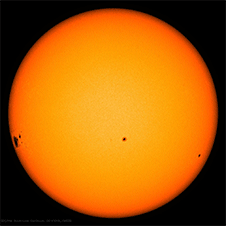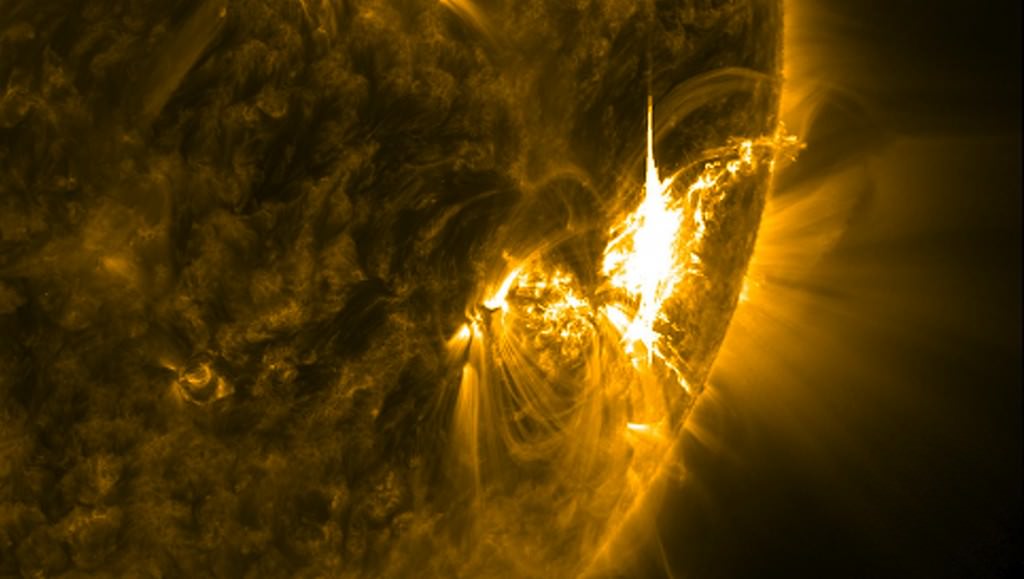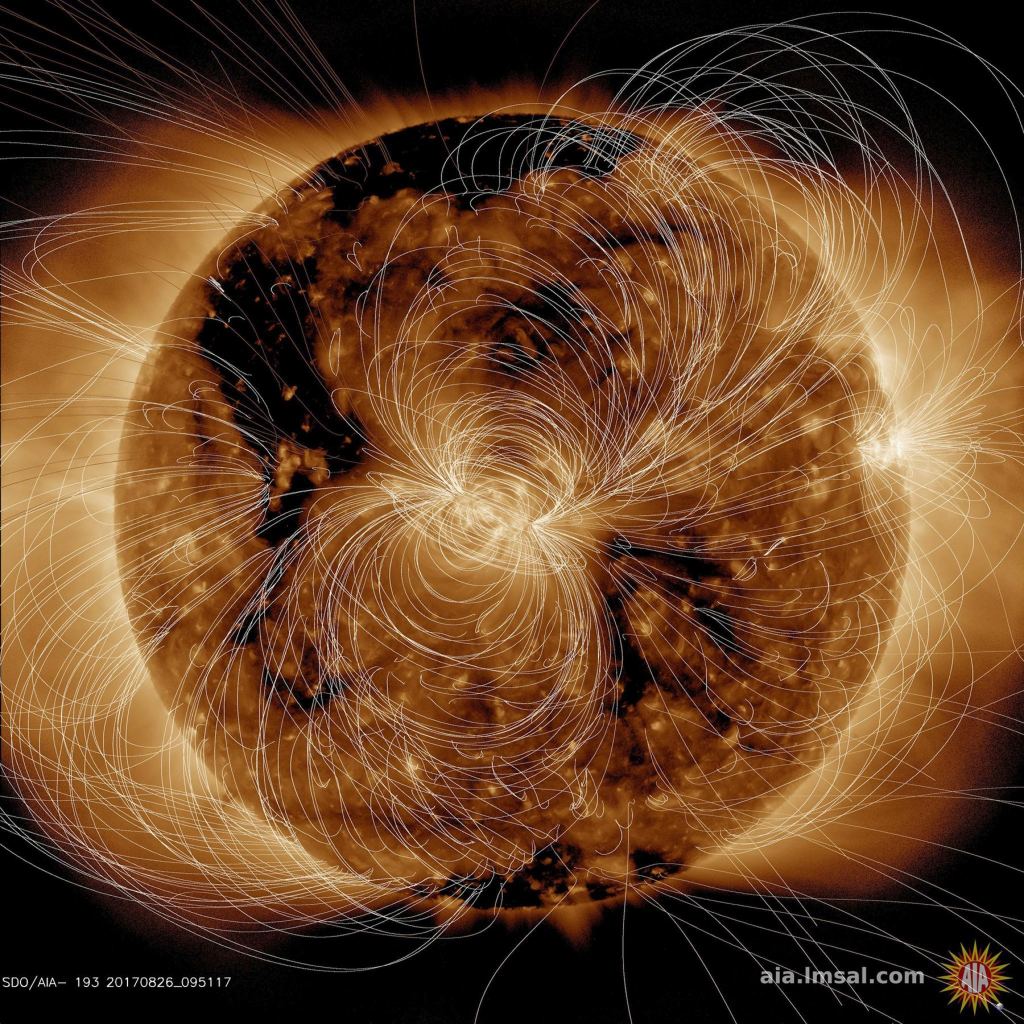Since it launched in 2010, the Solar Dynamics Observatory has helped scientists understand how the Sun’s magnetic field is generated and structured, and what causes solar flares. One of the main goals of the mission was to be able to create forecasts for predicting activity on the Sun.
Using mission data from the past 10 years, SDO scientists have now developed a new model that successfully predicted seven of the Sun’s biggest flares from the last solar cycle, out of a set of nine.
The team says that with more development, the model could be used to inform forecasts of these intense bursts of solar radiation, which influence life on Earth and can affect our technological systems.
Led by Kanya Kusano, the director of the Institute for Space-Earth Environmental Research at Japan’s Nagoya University, a team of scientists built a physics-based model, which they call the k-scheme, to predict large solar flares. They based the model on a magnetic map created from SDO’s observations of magnetic fields on the Sun’s surface.

Flares erupt from hot spots of magnetic activity on the solar surface, called an active region. In visible light, they appear as sunspots, small dark blotches that appear rather randomly on the Sun. But the new model works by identifying key characteristics in an active region, characteristics the scientists theorized are necessary to setting off a massive flare.
They analyzed the largest flares, known as X-class flares from 2008 to 2019 (during solar cycle 24), and in looking at all the data leading up to those flares, their new model was able to predicts most imminent large solar flares, with a small number of exceptions for confined flares.
“In most cases, the method correctly identifies which regions will produce large flares within the next 20 hours,” the team wrote in their paper, published in the journal Science on July 30, 2020. “The method also provides the exact location where each flare will begin and limits on how powerful it will be.”

Accurate predictions of solar flares could improve forecasts of space weather conditions around Earth. Having an accurate forecast for these solar events can help us protect satellites in orbit around our planet and power grids around the globe.
What causes these flares? “We conclude that magnetic twist flux density, close to a magnetic polarity inversion line on the solar surface, determines when and where solar flares may occur and how large they can be,” the team wrote.
Solar flares, especially X-class ones, unleash huge amounts of energy. Before an eruption, that energy is contained in twisting magnetic field lines that form unstable arches over the active region. According to the scientists, highly twisted rope-like lines are a precursor for the Sun’s biggest flares.
With enough twisting, two neighboring arches can combine into one big, double-humped arch – which might look like a rounded “M.” This is an example of what’s known as magnetic reconnection, and the result is an unstable magnetic structure that can trigger the release of a flood of energy, in the form of a flare.
“It’s similar to an avalanche,” Kusano said in a NASA press release. “Avalanches start with a small crack. If the crack is up high on a steep slope, a bigger crash is possible.” In this case, the crack that starts the cascade is magnetic reconnection. When reconnection happens near the boundary, there’s potential for a big flare. Far from the boundary, there’s less available energy, and a budding flare can fizzle out – although, Kusano pointed out, the Sun could still unleash a swift cloud of solar material, called a coronal mass ejection.
The team reported their new model gave them some false positives and false negatives, but they are working to refine the k-scheme model. The two flares the model didn’t account for, Kusano explained, were exceptions to the rest: Unlike the others, the active region they exploded from were much larger, and didn’t produce a coronal mass ejection along with the flare.
The Sun naturally goes through an 11-year cycle, where the Sun transitions from periods of high to low activity, and back to high again. In the last solar cycle, there were around 50 X-class flares. If pointed towards Earth, these large flares can disrupt GPS signals and radio communications, as well as power grid operations, plus they can endanger any astronauts in space.
SDO takes images and video of the Sun in several wavelengths, taking images every 0.75 seconds and every day, sends back about 1.5 terabytes of data to Earth — the equivalent of downloading 380 full-length movies every day.

The Sun’s dynamic processes affect everyone and everything on Earth. In addition to studying the Sun, SDO has provided a better understanding of the role the sun plays in Earth’s atmospheric chemistry and climate.
“Predictions are a main goal of NASA’s Living with a Star program and missions,” said Dean Pesnell, the SDO principal investigator at NASA’s Goddard Space Flight Center in Greenbelt, Maryland, who did not participate in the study. “Accurate precursors such as this that can anticipate significant solar flares show the progress we have made towards predicting these solar storms that can affect everyone.”
While it takes a lot more work and validation to get models to the point where they can make forecasts that spacecraft or power grid operators can act upon, the new model provides identifiable conditions leading up to a major flare. Kusano said he is excited to contribute to the effort of having reliable forecasts for solar flares.

